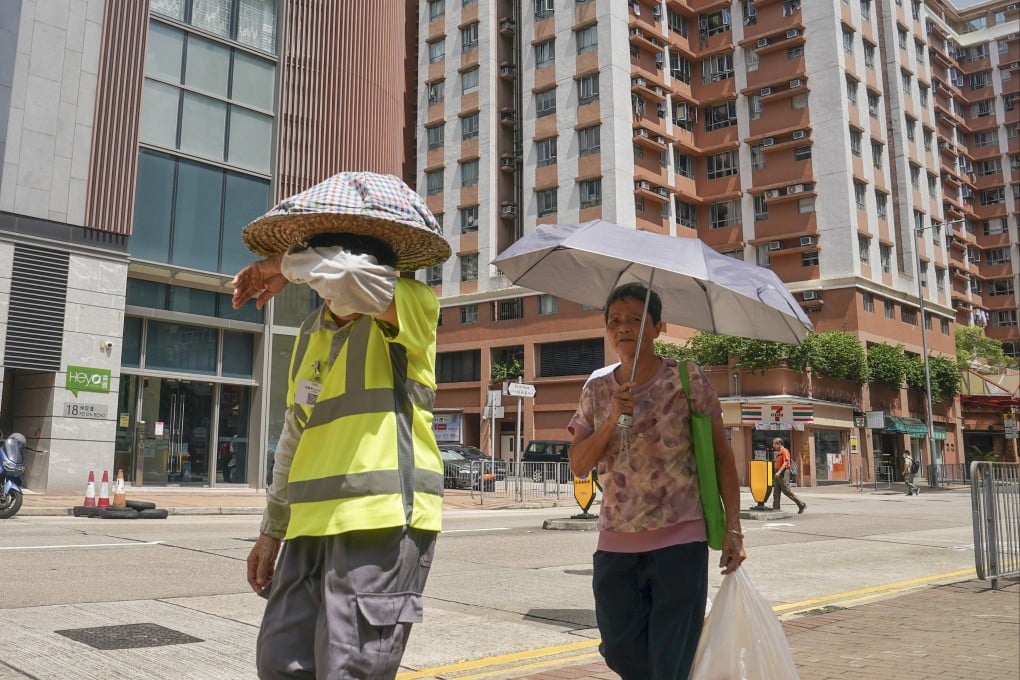Editorial | Turn up the heat for action on Hong Kong’s hot weather
Oxfam survey finds about 86 per cent of 200 cleaners interviewed in Hong Kong said they had suffered from instances of heat exhaustion

Hong Kong summers are so hot and humid that hardly a day goes by without the authorities issuing a heatstroke warning for those working outdoors or in environments that are not air-conditioned. While there are recommendations for rest periods and other protective measures under labour guidelines, effectiveness is another matter.
The latest survey by Oxfam serves as yet another reminder that the so-called Heat Stress Work Warning has left many workers hot under the collar. About 86 per cent of 200 cleaners interviewed last year said they had suffered from instances of heat exhaustion. The group said as the workers might not check their mobile phones while working outdoors, they were often unaware of the warnings and carried on with their duties in the heat.
The NGO is not the first to question the three-tier alert system rolled out by the administration in May last year. In another study by the Federation of Trade Unions and Occupational Safety and Health Association, half of the 739 workers interviewed said the mechanism had not improved their working conditions. Some complained that the warning was not issued even though on some days the workers had measured temperatures of up to 40 degrees at the sites. Similarly, field studies by Oxfam also claimed that the actual conditions in some areas warranted black warnings, under which work might be suspended. But records show the authority has never issued the highest-level alert. The NGO is seeking to expand a project it says can better alert workers of the risks with the help of a smartwatch.
The last thing the city needs are guidelines that do not serve their purposes. The warnings that take into account air temperature, relative humidity, wind speed and heat radiation are meant to give workers some regular rest intervals under extreme conditions. It was further improved in May this year following criticism that the system was too complicated and hard to follow. The inadequacies highlighted in repeated studies by various NGOs and industries over the past year underline the need for further review. We trust officials sitting in nice and cool offices also will feel the heat and take action.
